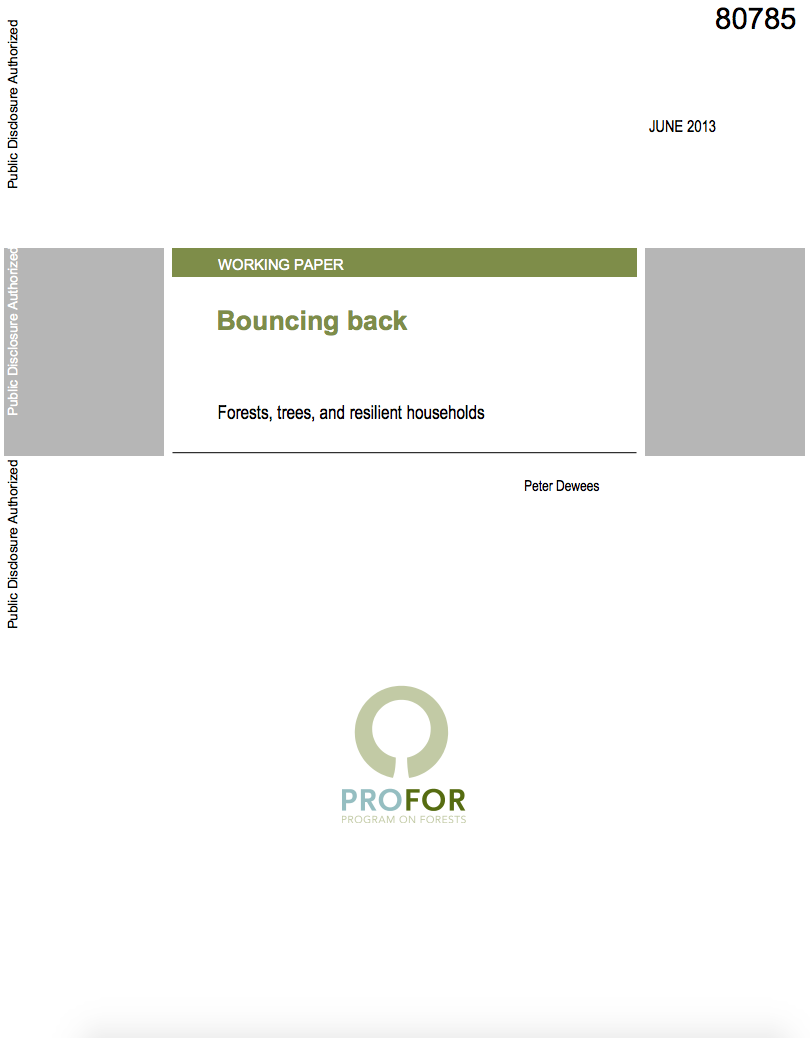The Use of Random Geographic Cluster Sampling to Survey Pastoralists
Livestock are an important component of
rural livelihoods in developing countries, but data about
this source of income and wealth are difficult to collect
because of the nomadic and semi-nomadic nature of many
pastoralist populations. Most household surveys exclude
those without permanent dwellings, leading to undercoverage.
This study explores the use of a random geographic cluster
sample as an alternative to the household-based sample. In


